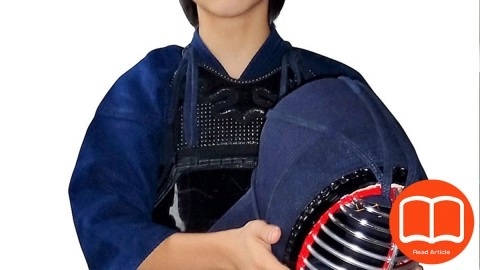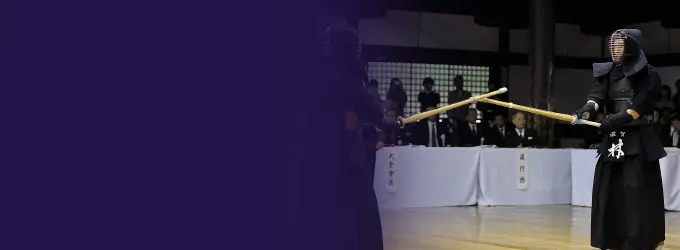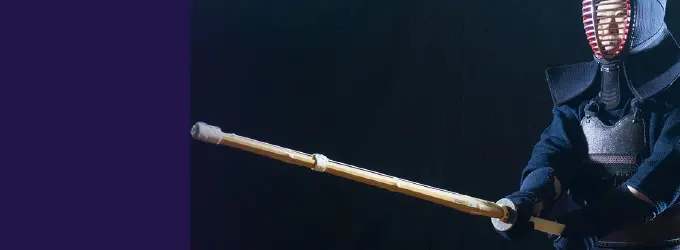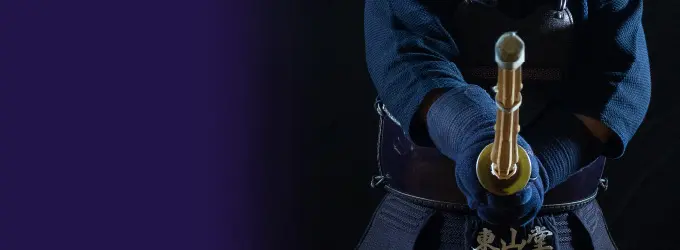Aiming to Become an Expert! Remember - Heart, Technique, and Discipline
11 30, 2020
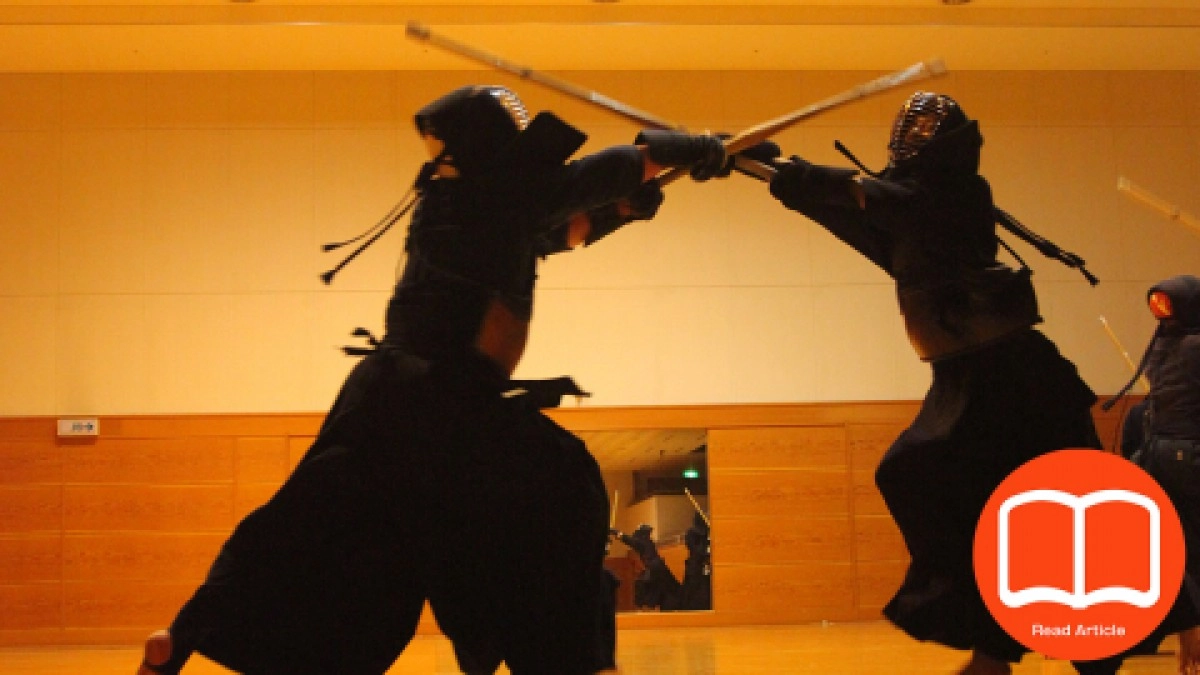
These are three important factors in winning a match.
The aligning of these three factors is very much related to the scoring in and winning of any match. Acquiring these through daily practice and training is very important. With the opportunity given here, I would like to introduce each of these factors.
Table of Contents
1.Spirit (Ki)
The “spirit”, in other words, is one’s mental attitude or the mind, which is the inner-self of that person.
If you are a person who’ve seen a kendo match or been on a training session, you will know that people always make loud noises and that it’s not uncommon to witness people getting surprised by them. This is because the shouts are considered as a “faithful spirit” and it’s one of the criteria in deciding whether or not a strike is counted as a score. If one makes a clean strike, but fails to shout, the referee will see to it that the person failed to put spirit into the action and, therefore, the person will not receive the point. In order to strongly appeal that you have put your spirit and intention into your actions, you have to make the shout; it’s very much because it’s quite hard to tell so just by looking from the outside. In fact, kendo and the “shouting” are important and they are something you can’t take away from each other. You can tell from the different chants.
Then, let’s find out when you have to make those chants. First of all, in the beginning of the match, on the “start” signal, you shout out “Ya!”. This is a sign to the opponent, which shows your strong spirit that you won’t concede and it’s also a chant that will pull the best out of you.
During the match, you have to shout out the names of the skills you make with the strikes simultaneously, like “Men!" or “Kote!”.
Furthermore, even if you are not engaging into any action and just staring at the opponent, you have to shout out “Ya!”, “Kya!”, or “Ah!”. The chants vary depending on people. These kinds of chants are as important in matches, because they act as a medium that conveys your strong spirit and also demotivates the spirit of the opponent. Especially in elementary and middle school students’ matches, whose still not as mature in terms of muscle power and technique, shouting plays even a bigger role in making one look stronger and demotivating the opponent.
How to Make Louder Shouts (Hassei/ Kiai)
However, some people may find it hard to make loud shouts. Even if one has exceptional skills and pulls off a quick strike, the decisive point will not be given if the shouting is not made. Some people may say, “I like kendo, but I don’t like the shouting part of it.” Some people might think so , but it is suggested that they start practicing their vocalization.
Finding Out About Your Volume
In figuring out how to make louder shouts, you have to first figure out how loud it currently is.
Have you ever noticed your voice sounding weird and unfamiliar, to the point that it bothers you, when recorded on a video camera or a recorder? That is, in fact, your actual voice. That is the kind of sound everyone other than you hears as your voice.
How and how loud other people hear your voice differs from the one you hear, because you hear your voice, which resounds in your head. That is why, sometimes you might be thinking you are making the right volume of shouts, but you actually aren’t. Your shouts may actually sound a lot less.
Nowadays, smart phones have voice recorders installed in them. So let’s make use of them to recorder our voices and see how they sound. Some of you might think your voices were not as loud as you thought.
If your voice was not as loud as you thought, let’s try some practices to improve it.
The points in making louder shouts:
• Open the mouth wider
• Open the throat wider
• Abdominal breathing
Open your mouth wider is simple. The point is to open the mouth wide enough to make you think “ Is it too much?” when you are standing in front of a mirror. In order to open your throat wider, recall your yawning position. Recall how your throat is open when you yawn and keep that in mind when you voice out.
Abdominal breathing is quite self-explanatory; it is breathing with your abdominal. Instead of moving your shoulders and chest to inhale and exhale, use your abdominal movements to do so. Speaking while keeping this abdominal method of breathing could be tough, but this will definitely put lesser stress on your throat to make loud voices and even enable you to shout better.
2.Sword (Ken)

The sword is, in other words, skills or "waza." It is something you acquire through daily practice and something you must completely dedicate yourself to without fear or regret. This is where the results of your daily practices are revealed.
You also need to be able to discern the opponent's ability and to figure out how to challenge them in regards to that level. You must be able to find openings at which to strike and you must find them and act in an instant.
Methods of handling the sword are important, but skills like figuring out the right distance you have to keep between yourself and the opponent is even more important.
The Distance (Maai)
The “distance” here is the gap between you and the opponent.
In kendo, the distance is the gap made between the attacking and defending positions of the two contenders. Beginners usually try to shorten that gap in practices to make clean strikes.
That is usually what happens in the beginning, but once you learn to get into the right position constantly to execute strikes anytime, you will naturally acquire the sense of the distance.
One Step Distance (Issoku-Itto Maai)
There are 3 types of distancing in kendo and they are one step distancing, long distancing, and short distancing. But first, we begin with mastering the one step distancing.
Issoku-Itto Maai - A one step distance refers to a distance where only a step is necessary to reach your opponent and execute a strike. It’s also a distance where taking a step backward will enable you to escape from the opponent’s strike.
To be specific, at this amount of distance, the tip of your sword will go pass that of your opponent’s by 10cm. At this state, the battle between the two swords’ tips could happen anytime, so you have to be ready at all times to either attack or defend to win the round.
In a “long distance” or to-ma, the gap becomes too big for either of the two to make the strikes and, in a “short distance” or chika-ma, the gap becomes too little for either of the two to make strikes from improper posture.
The Distancing Battle
In the “one step distance” both the contenders’ are in a state of suspense. In other words, they are both experiencing the "fight or flight" adrenaline dump, constantly looking for a opening to make a strike through.
Even in an elementary school tournament, as the rounds go closer to the final, the battle of the swords’ tips between the students become very skillful and the audience will likely witness very finessed movements. In order to shorten the distance they rely on very detailed footwork.
The eyes should always be fixed on the opponent’s eyes. You have to calculate your distance and find the opportunity for the right strike while fixing your eyes to that of your opponent’s.
Beginners’ eyes are usually set on the spot they want to strike, so the eyes move away from them. You have to maintain your eyes’ position and just use your distancing skill and the spirit to make the movement for the striking opportunity.
3.Discipline

The “discipline” here refers to your attitude, posture, footwork, etc. while you are executing the men, kote, and do strikes. Under attitude, posture, and movement, footwork is an important foundation.
How to Stamp Your Feet
Doing the right feet stamps is the prerequisite of achieving strong strikes. This is something many people could possibly thinking a lot about. It’s definitely the first barrier beginners would face. Stamping is especially important in kendo. Therefore, it’s something you have to put time and effort into daily.
Strong practitioners and veterans have loud stampings.
Normally, they should sound dry and sharp like, “pasit”, “pang”, etc. Loud stampings could increase the intensity of the strike impact. Doing them may seem simple, but it’s not something beginners could do easily. Some people may get it quite fast, but most of the times they sound dull, like “dong”. They usually sound dull, because they stamp with their heels landing on the ground first. They sound dull, because it’s their bone and flesh on the heels that touches the floor first. If one continues practicing without fixing this problem and keeps on making this dull sound, he or she could get injured.
Repetitive practices will bring improvements, but it is important to first learn the right movements of it.
4.Conclusion
Keeping yourself conscious of the “heart”, “technique”, and “discipline” and mastering them will take you up to a whole new level. It’s definitely going to be a lot different than going out on any match unprepared.
It wouldn’t be an overstatement to say that one should be out there with the spirit of thinking that one’s life is at stake over this duel. I believe one could claim that he or she is no longer a beginner if they have acquire this state of mind.
